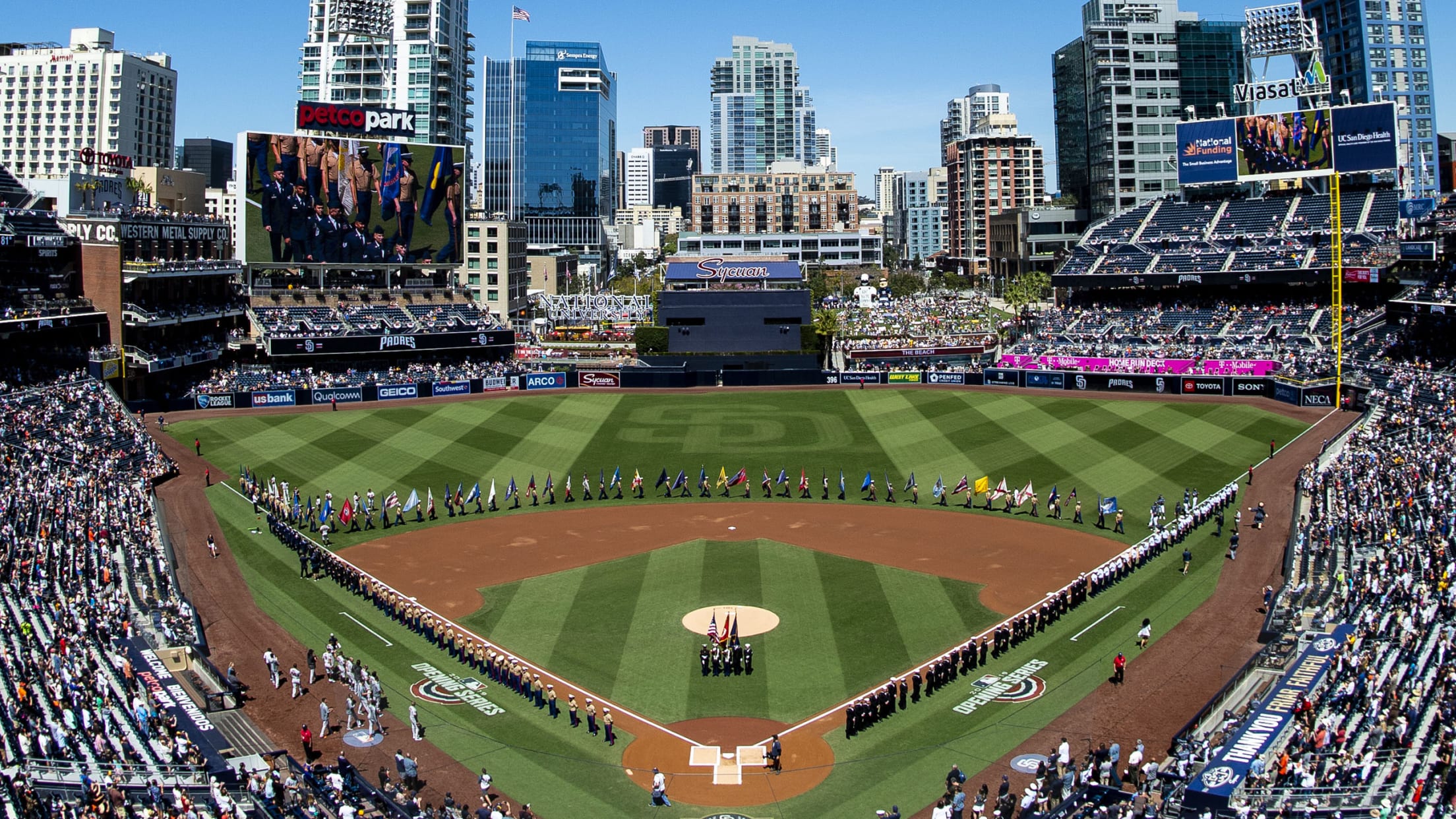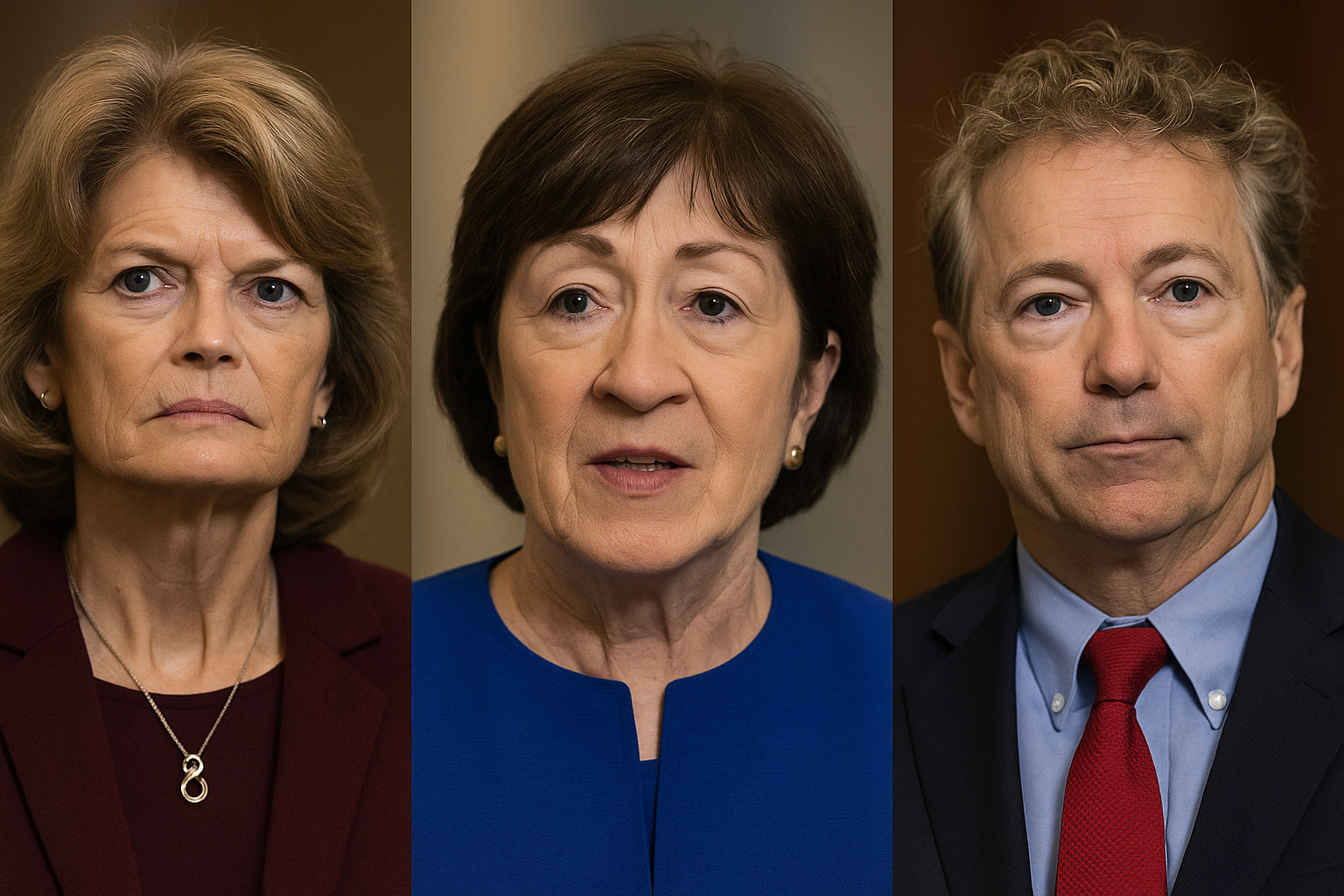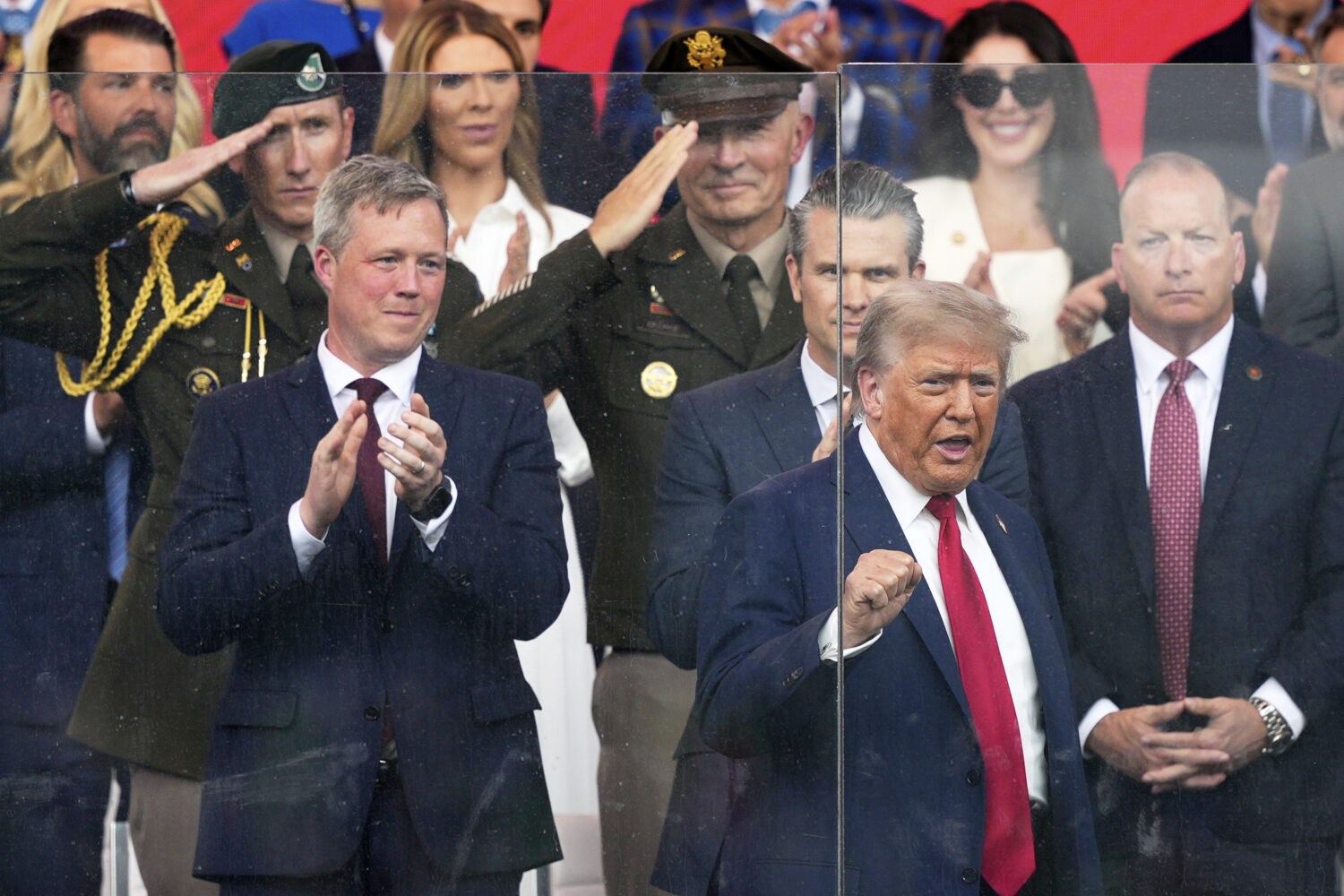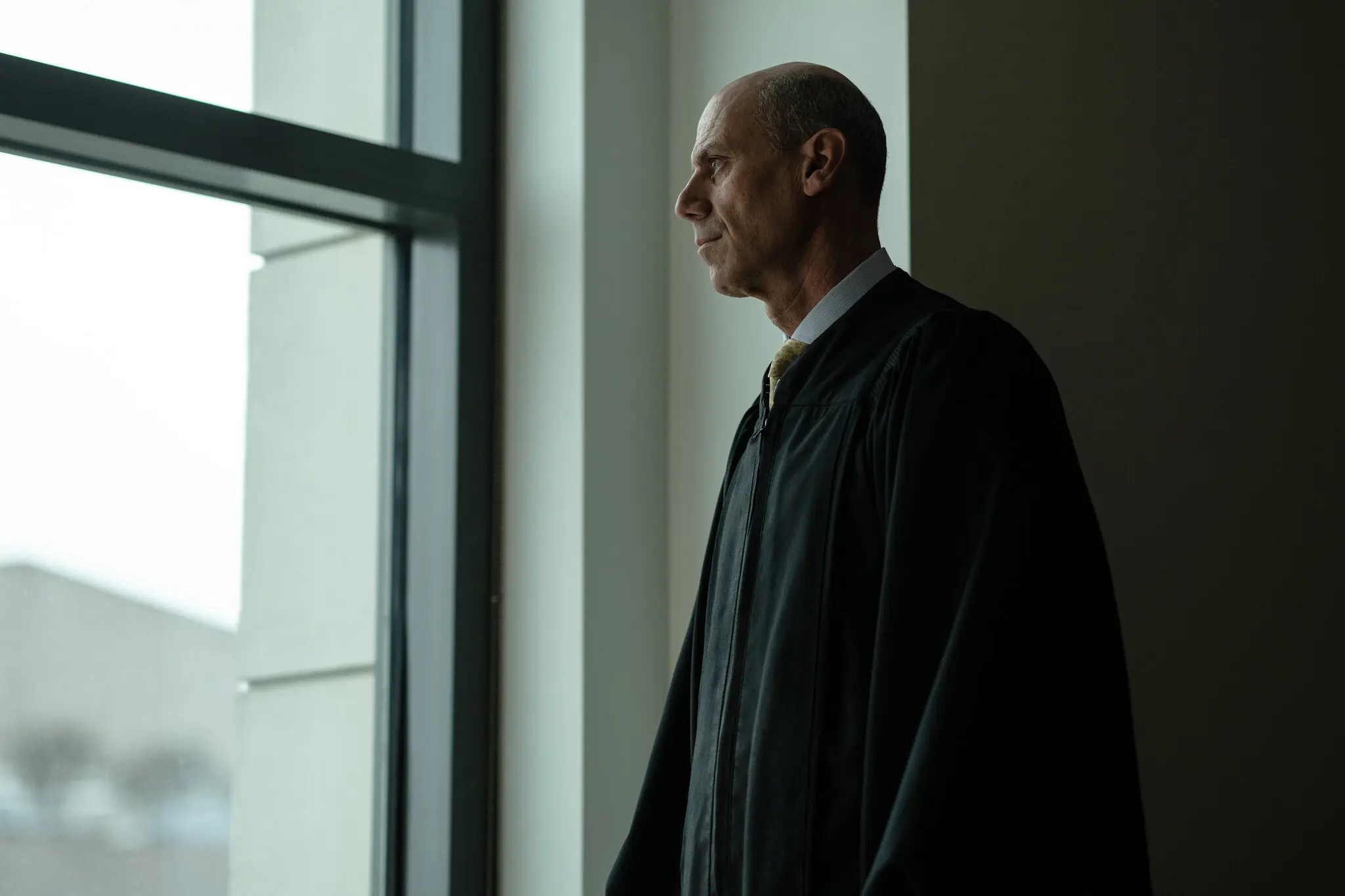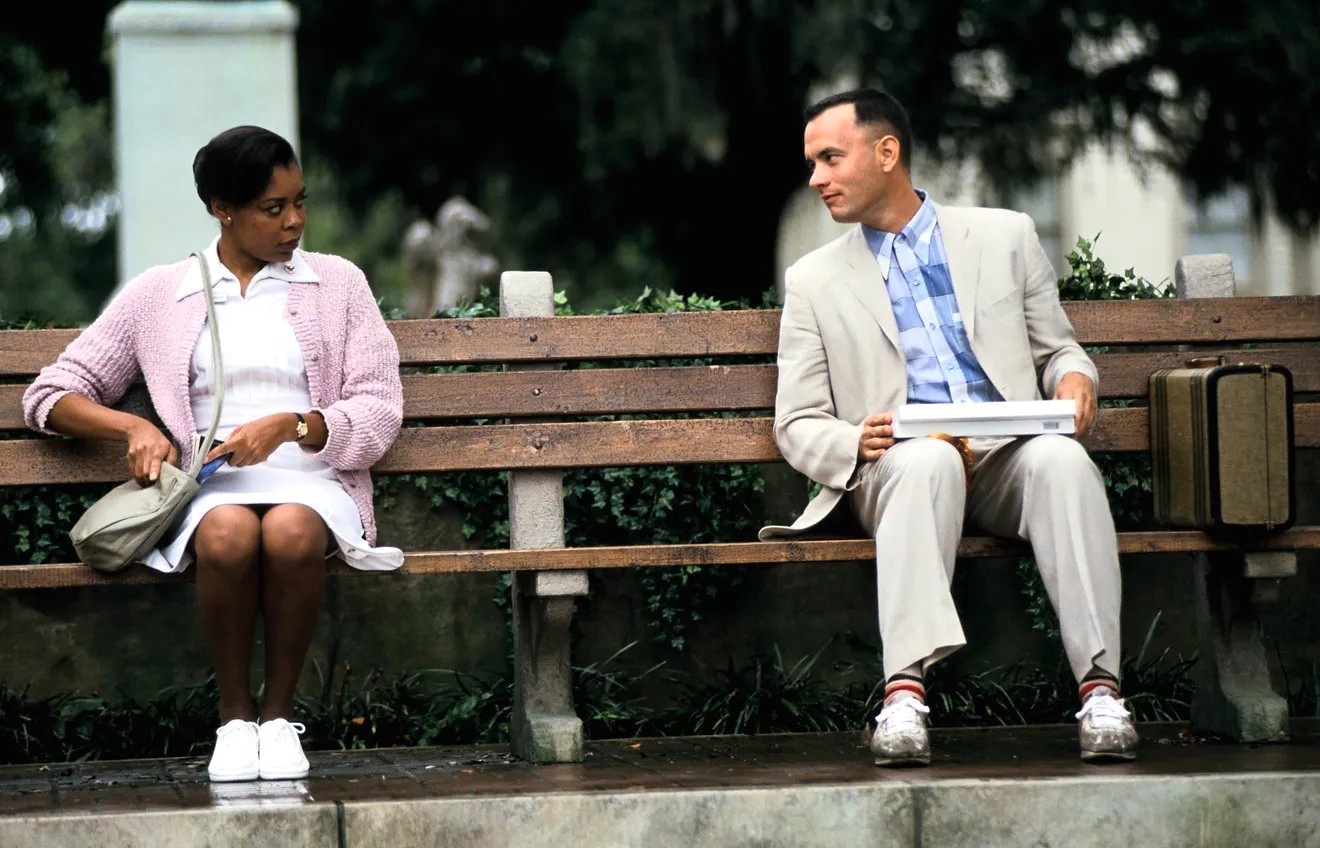Of all the ethics-related issues I’ve discussed, the controversy surrounding gun ownership has been the most difficult for two reasons. First, the issue embraces at least four ethical values: respect, responsibility, citizenship and fairness. Add to that the multiple stakeholders, generally divided into two camps. Whatever position appears fair to one group is viewed as patently unfair by another.
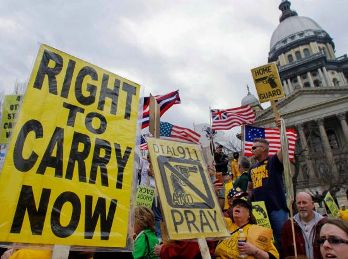
Here is the fundamental conflict I have: I believe in the Second Amendment; I also believe that rights should not trump responsibilities.
In examining this issue, I returned to the original text of the Second Amendment:
“A well regulated Militia, being necessary to the security of a free State, the right of the people to keep and bear Arms, shall not be infringed.”
Seems simple, but it depends on which group is interpreting the wording.
Linda Monk received the American Bar Association’s Silver Gavel Award for both a documentary on the Bill of Rights and her book, The Bill of Rights: A User’s Guide.
Monk writes, “The Second Amendment is the only part of the Bill of Rights that has an introductory clause defining its purpose. Because a ‘militia’ is ‘necessary to the security of a free state,’ the amendment says, ‘the right of the people to keep and bear arms shall not be infringed.’ Some legal scholars interpret the first clause of the Second Amendment as giving the people the right to bear arms only as part of a ‘well regulated militia.’ To these scholars, such a militia would be today’s National Guard.
“Other scholars,” Monk points out, “emphasize that a militia, at the time of the adoption of the Bill of Rights, consisted of ‘the body of the people,’ as affirmed in several of the state resolutions proposing that a bill of rights be added to the Constitution.”
Then Monk includes something in her analysis that I like. She examines the context in which the Second Amendment came about.
“During the colonial period, Americans came to despise the British use of a standing army, a permanent force of professional soldiers. Americans preferred the part-time citizen soldiers of a militia, whose roots in community would make them less likely to oppress their neighbors. Under the militia system, all free adult males were required to own arms and ammunition to ‘muster’ or assemble periodically for training.”
However, it is the second clause which causes the greatest disagreement: “that the right to bear arms belongs to ‘the people.’
“Supporters of an individual right to bear arms,” Monk writes, “rather than the collective right of a state to have a militia, point out that the phrase ‘the people’ also appears in the First, Fourth, and Ninth Amendments. These rights,” Monk continues, “apply to individuals not states, they argue, and so does the Second Amendment.”
And here lies the rub. One side sees guns primarily in the hands of the collective while the other sides with individuals.
Where does the Supreme Court stand?
“The Court has held,” Monk tells us, “that the Second Amendment does not apply to the states, so it does not bar gun control measures by local or state governments.”
I think Monk is on the right track when she looks at the context. It seems clear that in 1791 citizens favored the practical idea that guns be handled by a trained group of volunteers, much like a National Guard and volunteer fire department that are called upon to handle a crisis.
However, in the last 222 years since its adoption, we not only have a militia-like National Guard and armed forces, but we have hunters, collectors, and gun enthusiasts who simply enjoy going to a shooting range and firing all manner of handguns, rifles and, increasingly, semi-automatic weapons such as the AR-15, a popular, military-styled semi-automatic assault rifle. (As of this writing CNN reports “assault rifles are selling out across the U.S.”)
In discussing responsibility, many have called for reasonable measures of gun control. If we curtail access to certain types of weapons and ammunition, their argument goes, then tragedies like Virginia Tech., Aurora, and Newtown would not occur. And there’s some truth to this.
Second Amendment advocates say that this is utter nonsense. If a deranged individual really wants to attack anyone, they will find a way to do it. And there is truth to this, too. In the case of the Sandy Hook school shooting in Newtown, the shooter, with a history of serious mental problems, had access to weapons that were legally obtained.
What’s difficult to ignore, however, is recent history.
On September 28, after learning he was no longer employed, Andrew Engeldinger finished his shift at a Minneapolis sign company “then pulled out a 9mm Glock handgun and committed the largest workplace massacre in recent Minnesota history,” the Minneapolis Star-Tribune reported (Sept. 29).
This year alone, we have seen mass shootings in a movie theater in Colorado, a Sikh Temple in Wisconsin, a Mall in Oregon, as well as the elementary school in Newtown, Connecticut.
Nonetheless, to lay the tragic events of mass shootings solely at the foot of the Second Amendment is to ignore two contributing factors: mental health and our culture.
Any responsible conversation about gun violence must include an examination of access to, assessment of, and implementation of mental health programs in this country.
We also need to take a closer look at some of the cultural elements that focus on violence: Television, movies and particularly some video games, the latter appearing to normalize the idea of killing people.
One aspect of responsibility that I keep returning to is self-restraint. Ethicist Michael Josephson writes that “Ethical people maintain self-discipline and self-control, making decisions that take into account and advance long term interests.”
No matter which side you come down on, one fact is clear: retaining the status quo is no longer acceptable.
Now, more than ever, both sides in the gun debate need to come together and begin to find a middle ground to solve the issue of responsibility and gun ownership in a respectful, reasonable manner.
Supreme Court Justice Potter Stewart summarizes it best: “[There’s a] difference between what you have a right to do and what is right to do.”
Comments
